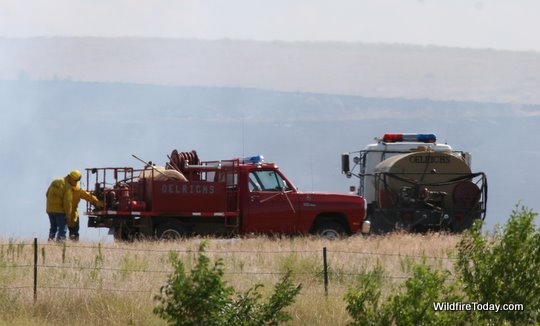
This article was first published on Fire Aviation.
A pilot died Friday in the crash of an air tanker in Northeast Portugal.
In a message on his official Twitter account, Portuguese Prime Minister António Costa said, “It was with great dismay that I became aware of the death of the pilot who operated an aircraft that crashed this afternoon….I send my deepest condolences to family and friends.”
The Air Tractor AT-802AF Fire Boss went down near the town of Torre de Moncorvo after scooping water on the Douro river. The pilot was the only person on board the single engine air tanker that had departed from Viseu-Gonçalves Lobato Airport (VSE/LPVZ). Photos show that the aircraft was severely damaged. Joao Sousa, mayor of the town of Foz Coa where the incident took place, told Lusa news agency the pilot was pronounced dead at the scene.
The aircraft was operated by Titan Aerial Firefighting which has offices in Spain. The company announced on Saturday that the pilot was André Serra, from Agromontiar.
“On behalf of the whole company, friends and colleagues say goodbye to you,” they wrote. “We offer our deepest condolences to the relatives of André, a great professional and better person who has left us too soon. Rest in peace.”
Our sincere condolences go out to the family, friends, and co-workers of Mr. Serra.
Thanks and a tip of the hat go out to Gerald.







